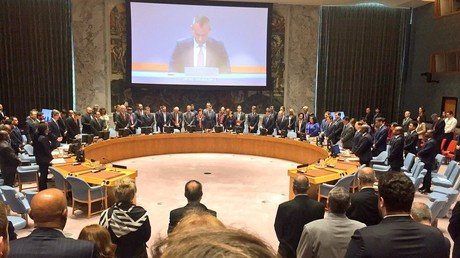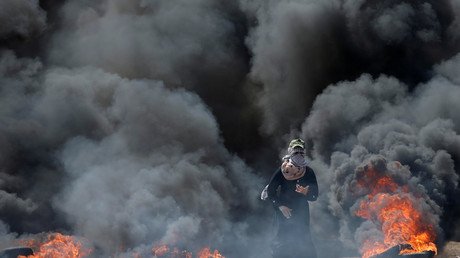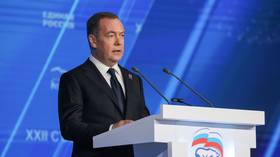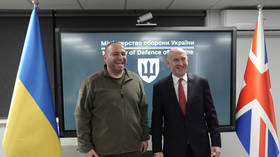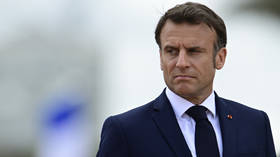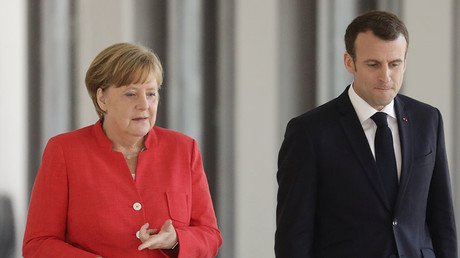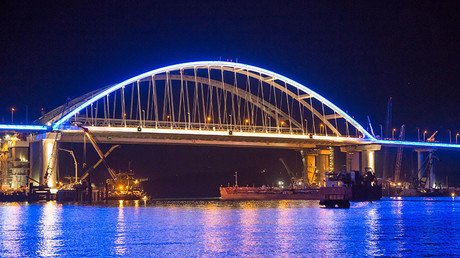Fist-size gunshot wounds, pulverized bones, inadmissible use of force by Israel in Gaza – HRW to RT
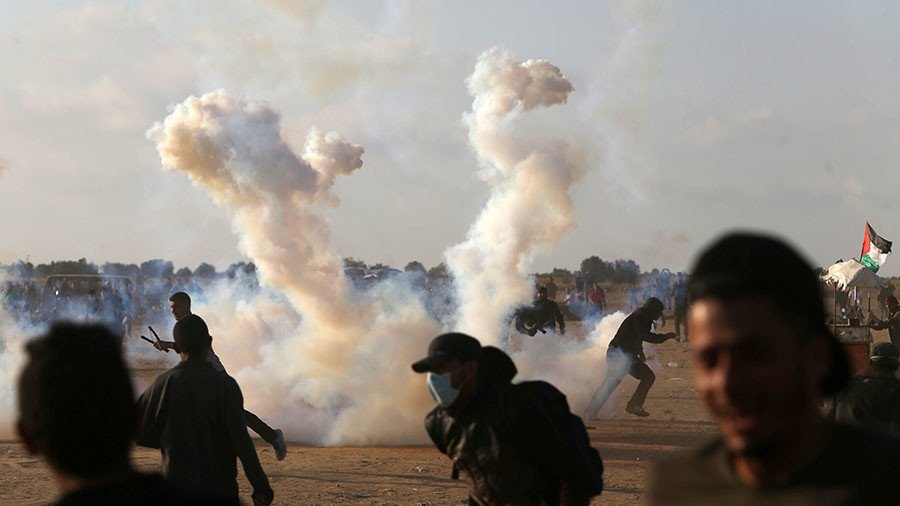
After the protests in Gaza, we've seen injuries that you see in conflict situations, not what you would expect in policing and law enforcement situations, Omar Shakir, Israel & Palestine Director at Human Rights Watch, told RT.
The UN Security Council gathered Tuesday for an emergency meeting following the killing and injuring of Palestinians in Gaza by Israeli soldiers during protests on Monday. At least 60 people lost their lives in what's become the deadliest day in the Israeli-Palestinian conflict since 2014. More than 2,700 people were injured, many with live ammunition.
The violence came as the US controversially opened its new embassy in nearby Jerusalem. However, Washington's envoy to the United Nations, Nikki Haley, said that there is no link between US Embassy move and deaths of Palestinians.
RT: Have you been surprised by the extreme force used by the Israeli military against the largely peaceful protests in Gaza?
Omar Shakir: Unfortunately, no. Israeli officials said quite clear that their live fire regulations permit them to open fire on demonstrators irrespective of whether or not they pose an imminent threat, which is a threshold required under international law. The scale of the killings reflects the fact that more protesters took to the streets. But the reality is for weeks now Israeli officials have green-lighted opening fire on largely unarmed demonstrators.
RT: The IDF said that they were using all possible restraint to keep the casualty numbers down. What do you make of the comment?
OS: Clearly not. Israeli officials have used live ammunition from the first moments of the protests beginning on March 30, continuing for successive Fridays and for this week. They have effectively turned a no-go zone into a free fire zone. And they fired into protesters inside of Gaza, who have not by the evidence of Human Rights Watch (HRW), accumulated, not posed the kind of threat that would justify the use of force. Remember, Israel has kept Gaza under closure for a decade, caged into a 50 by 11 kilometer strip, under occupation for a half century. And quite simply their use of force does not meet international standards.
RT: Could you comment on the severity of the injuries that have been seen?
OS: We've seen injuries reflect the kind that you see in conflict situations, not that you would expect in policing and law enforcement situation. You see small entry wounds, fist size exit wounds, according to doctors that treat patients. You see bones pulverized to the edge. And the kind of injures that reflect a grotesque use of force that should not be used in a policing situation.
RT: Is there a medical capability on the Palestinian side of the border to deal with this number of casualties?
OS: Unfortunately, hospitals in Gaza have been under incredible strain as a result of Israel's decade-long closure, electricity cuts, limited supplies of medicine, inability of doctors to attend training, limited capacity. So, the reality is that hospitals have been overwhelmed having to take patients that have anything but life threatening situations outside of hospital care. Quite simply, they have been overwhelmed and the closure certainly doesn't help.
RT: There have been reports of the IDF using devastating 'butterfly bullets' and high-velocity munitions. Why would it have been doing that?
OS: We are still investigating. What we can say is we've seen a caliber of weapons typically used in conflict situations, bullets that inflict significant damage on human body and should in no circumstances be used on demonstrators in a law enforcement situation.
RT: Israel claims it is just defending its borders. What would be, in your view, an acceptable way of doing that?
OS: The Israeli authorities should respect the right to demonstrate. Every population has a right to demonstrate. It is a different scenario and of course Israel has the right to protect unauthorized crossing of borders. But the way you respond to that is to follow the UN guiding principles and use non-lethal means and arrests. But we are talking about firing into Gaza, not actual individuals crossing the Strip. They have created the argument that obscures the reality of forces safely tucked away inside of Israel, picking off, one by one, protesters who do not pose an imminent threat inside of Gaza.
In Gaza, dozens of people lost their lives, thousands have been injured. This is far beyond the capacity of the health system, which was weakened in the past by the humanitarian crisis in Gaza. Doctors were struggling [on Monday] to cope with the influx of patients… Al-Shifa hospital only was dealing with 400 injured people; at the same time, the doctors were overworked over the past weeks. Monday deepened the crisis in hospitals. Hospitals have been working with limited resources, doctors have been working around the clock to cope with the influx of the wounded. - Suhair Zakkout, spokesperson of ICRC Gaza (International Committee of the Red Cross)
Marie-Elisabeth Ingres, MSF (Médecins Sans Frontières) representative in Palestine, described Israel shooting with live ammunition at Palestinian demonstrators as "shocking." She told RT that what happened on Monday was unmanageable by the medical staff of the minister of health because of the number of wounded people.
"We did what was possible to do but there was more than 1,300 gunshot injures for Gaza. And MSF was presenting free hospitals in Gaza in support for the Minister of Health. For example, in Al-Aqsa hospital in less than 4 hours there was more than 300 injured people," she said.
Ingres added that the situation, which reached its climax on Monday, has been going on for many weeks.
"Monday was the most impressive for the media and for the international community. Unfortunately, we are speaking about more than 3,000 injured people. And the health system for many years we are already on the verge of collapse. There is only four hours of electricity in Gaza, people are not paid, or partially paid. There is a shortage of drugs and disposables. The medical staff is struggling for many months to give a quality of care for the patients," she said.
"As humanitarian actors, we do what we can, we try to send medical doctors, surgeons, nurses, but of course it is not enough. It is not the humanitarian actors who will solve the situation. We need a political solution to what happens in Gaza," Ingres told RT.
Think your friends would be interested? Share this story!
